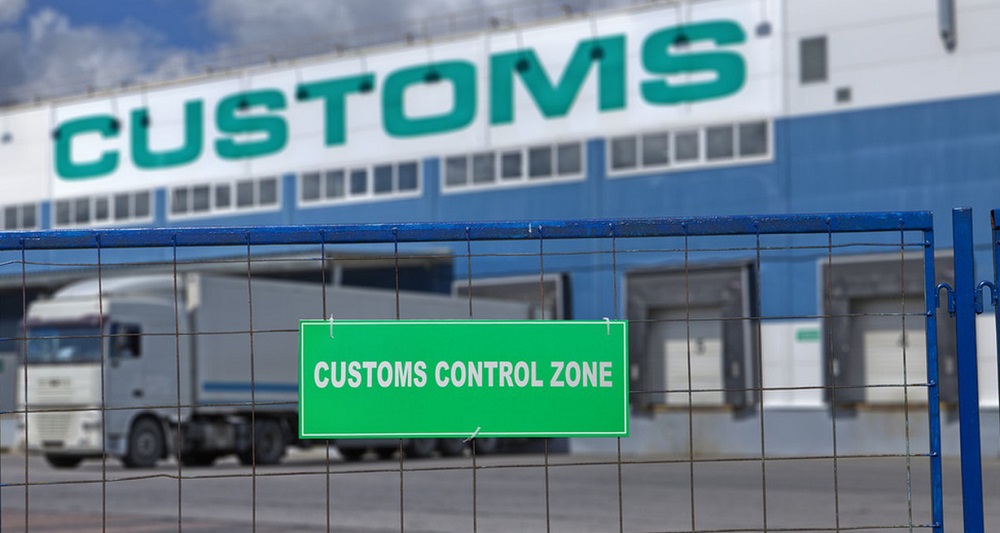
Blog
7 Proven Tips for Shipping Cooking Tools Promotional Items & Chef Equipment Safely
8s Read Snapshot:Packaging strategies | Reddit/FB case studies | Cost-saving solutions | Compliance tips | JAJA custom support
Introduction
Global buyers of commercial kitchen supplies face a 6-8% average damage rate during transit, as highlighted in r/SupplyChain discussions. For cooking tools promotional item suppliers and culinary equipment purchasers, optimizing packaging protocols could reduce losses while balancing cost efficiency.
1. Prioritize New Containers Over Used Ones
Reused boxes may compromise structural integrity, especially for heavy chef tools like cast iron pans. Double-wall corrugated boxes can reduce ceramic bakeware breakage by 72% compared to single-layer alternatives, according to r/FulfillmentByAmazon sellers. For delicate items like Japanese chef knives, molded foam inserts with edge guards may outperform standard bubble wrap.
Reddit Insight: A r/Chefit user reported that reused containers led to a 15% damage rate for glassware shipments, while switching to new boxes cut losses to 3%.

2. Optimize Cushioning Materials for Specific Items
Biodegradable brown paper works for non-fragile silicone utensils in short-haul transit. However, commercial kitchen supplies such as copper cookware require hybrid solutions: pre-formed foam corners paired with corrugated dividers could minimize collisions, as tested by a German logistics provider (r/Logistics).
Cost Tip: r/FreightBrokers data shows consolidating spatulas and measuring cups via LCL (Less than Container Load) may reduce freight costs by 18-22%.
3. Eliminate Empty Spaces and Secure Seals
Fill all gaps around items with cushioning to prevent movement. For palletized shipments, stretch film combined with heat shrinking ensures stability. Avoid strings or paper seals—industrial-grade packing tape is critical for boxes.
Case Study: A cooking tools promotional item supplier reduced leakage claims by 40% after switching to moisture-resistant PE film for stainless steel tools in humid climates (r/ShippingCases).
4. Use High-Visibility Fragile Labels Strategically
Fluorescent orange labels stating "Fragile—Handle with Care" in multiple languages lowered insurance claims by 35% for a European commercial kitchen supplies exporter, per r/Insurance discussions. Avoid detailing contents; focus on hazard warnings.
5. Monitor Temperature and Humidity in Transit
IoT sensors (r/IoTDevices’ top recommendation) could alert buyers if chef tools exceed 65% relative humidity during ocean freight. Pair with blockchain-based documentation to resolve disputes faster.
If you want to know more about optimizing freight optimization solutions, please contact us
Leave A Reply
Recommend News

Weekly LCL Shipping Service from China to Jamaica

Happy Birthday to Cecilia and Eva

One-Stop Custom Home Solutions from China to Jamaica

Lead Jamaica, Smart Caribbean Connection – Redefining Trade Between China and the Caribbean

JAJA SUPPLY CHAIN Mid-Year Team Building: A Memorable Trip to Dongshan Island

Upcoming Increase in Sea Freight Rates to Jamaica in June

Successful Engagement at the Canton Fair

JAJA Participates in Expo Jamaica 2025

JAJA New Team Member CARLA

7 Proven Tips for Shipping Cooking Tools Promotional Items & Chef Equipment Safely

How Trump Tariffs Reshape Supply Chains for Outdoor Sports Equipment Promotional Item Suppliers

Anna’s Business Trip to Jamaica


JAJA services

Happy birthday, JAJA

Strengthening Business Ties and Exploring New Opportunities in Jamaica

Happy Birthday To Anna

Kingston congestion issue

Reliable Procurement and Logistics from China to Jamaica: Your Trusted Partner

Happy birthday to Cecilia and Eva

Welcome to JAJA warehouse

JAJA sourcing girl came to the wigs market

Exploring the Benefits of Working with a Freight Forwarder from China

Streamlining Your Logistics: The Benefits of Consolidation Shipping

Enhancing Global Trade: China to Jamaica Shipping Service Explored

The Power of Sourcing Services: Enhancing Efficiency and Reducing Costs

What should I prepare before coming to China?

What can we do for you?

How to Find Reliable Suppliers from China?

Canton Fair Exhibition Sets New High in Post-Pandemic 2023

The Latest Trends in China-Jamaica Foreign Trade Industry: Strengthening Cooperation
